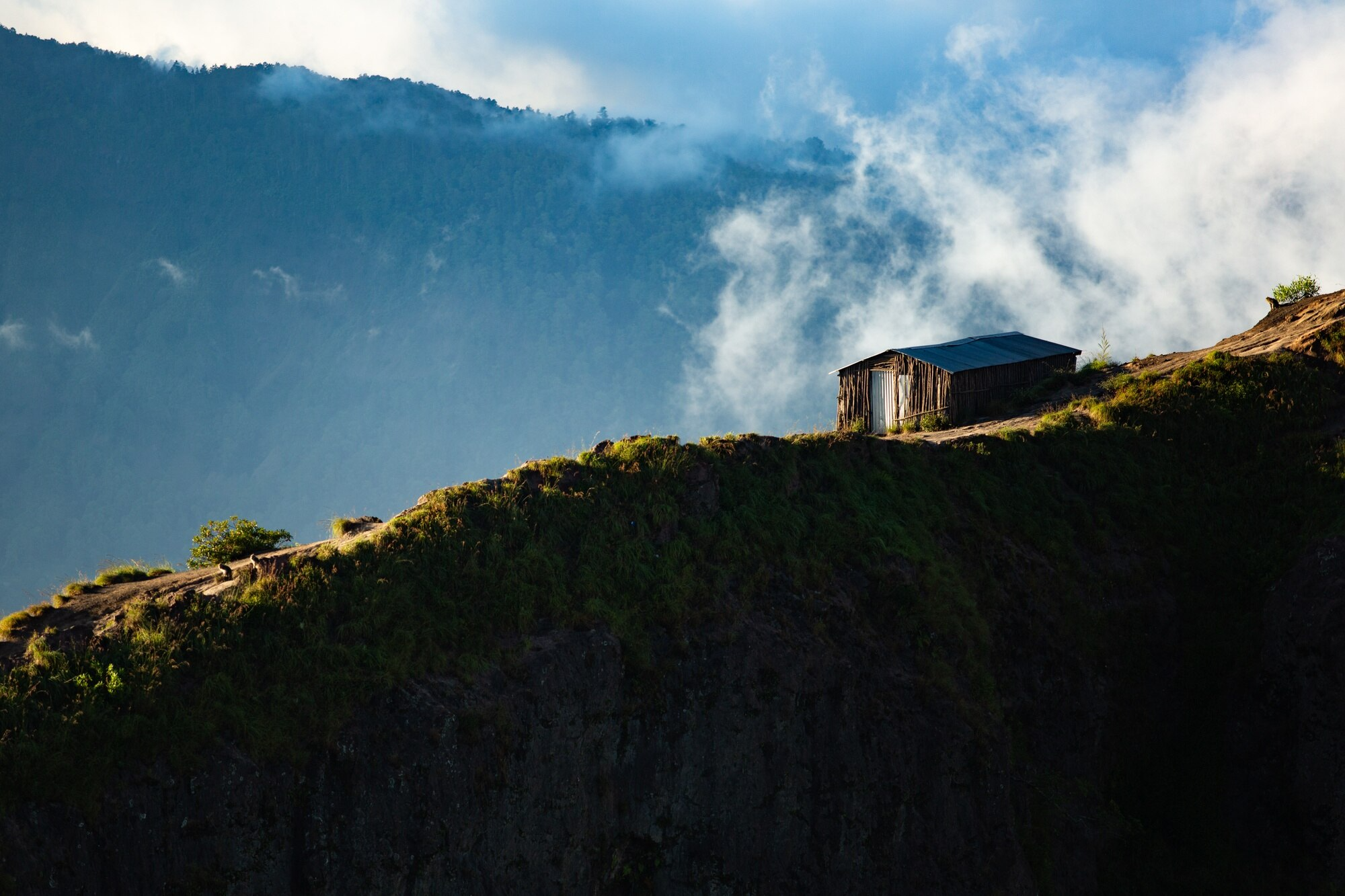Introduction: Where Mountains Meet Machines
At first look, Baddi may seem like any other small city tucked within the Himalayan foothills of Himachal Pradesh — scenic, peaceful, and surrounded by means of rolling hills. But underneath this quiet façade lies a surprising truth: Baddi is one in every of India’s biggest and most critical business cities, mainly aboutwith regardregards to prescribed drugs.
Often omitted in mainstream conversations about India’s financial system, Baddi is a powerful instance of regional transformation — wherein smart policy, strategic region, and entrepreneurial energy have growngrew to become a sleepy village into a global manufacturing hub. And it didn’t take place in a single day.
Let’s explore the story of Baddi Hub — not just in facts and figures, but in real, human terms.
1. A Town Reimagined: The Birth of Baddi’s Industrial Identity
In the early Nineteen Nineties, Baddi had changed into stillnevertheless a far-offfar off metropolis with little or no in termsphrases of infrastructure or monetary interestpastime. Most households here were engaged in agriculture, and the concept of factories or assembly linestraces changed into a way-fetchedways-fetched concept.
Everything began to change in the early 2000s, when the central government offered special incentives to promote industries in hill states. These included tax holidays, capital subsidies, and exemptions on excise duties. For companies struggling with high costs in metro areas, this was an irresistible offer.
Baddi, with its flat lands, precise street access, and closeness to Punjab and Haryana, became a hotbed for industrial improvement.
Today, it stands as a shining symbol of what focused policy and ambition can achieve.
2. The Pharmaceutical Capital You Probably Haven’t Heard Of
Walk through Baddi’s industrial zones today, and you’ll find an impressive array of pharmaceutical giants. Companies like:
- Sun Pharma
- Dr. Reddy’s
- Cipla
- Mankind Pharma
- Abbott
- Torrent
They all operate large-scale manufacturing plants here.
In fact, Baddi produces nearly one-third of India’s total pharmaceutical output. Medicines made here travel across the globe — from African nations to Southeast Asia and even parts of Europe and the Americas.
What’s incredible is that thousands of workers — many of them first-generation industrial employees — now work in highly controlled, sterile environments, producing life-saving drugs.
For the people of Baddi, this isn’t just industry. It’s a transformation.
3. Not Just Medicine: A Multi-Sector Growth Story
While pharma takes center stage, Baddi’s industrial landscape is not one-dimensional.
The city is home to FMCG gadgets, cosmetics manufacturing traces, textile factories, packaging corporations, andor even electric goods producers. Brands like Wipro Consumer Care, L’Oréal, Procter Gamble, and Hindustan Unilever have invested right here.
This variety approach, whichthat Baddi isn’t overly reliant on one zone, — is a smart circulationcirculate that has made it resilient to economic fluctuations. When pharma slowed during regulatory transitions, other industries kept the engines running.
4. The Human Impact: Lives Changed by Industry
Beyond infrastructure and GDP numbers, the most powerful story in Baddi is a human one.
4.1 Employment and Empowerment
Before the Industrial Revolutionindustrial revolutionincrease, task possibilities in Baddi werehave been restricted to farming or small-scale trades. Now, over 100,000 people are at once or in a roundabout way employed in the location’s factories, workplaces, and logistics chains.
Families that when relied on subsistence farming now have get admission to to sturdy earnings, healthcare, and educationtraining. Many women have joined the staff in packaging and QA roles, leading to subtle, however meaningful shifts in nearby gender dynamics.
4.2 Migration and Integration
Baddi now hosts human beings from Uttar Pradesh, Bihar, Punjab, and even as a ways as Odisha and Jharkhand. It’s come to be a melting pot of cultures, with Hindi, Punjabi, and nearby Himachali dialects mixing freely on shop floorsflooring and in markets.
But this inflow also brings challenges — housing shortages, growing rent, and the needwant for higher urban planning. Still, the dream of a higher lifestylelifestyles maintains people coming.
5. Education, Innovation, and the Road to Smarter Industry
To sustain this industrial growth, Baddi needed talent. Local institutions like:
- Baddi University of Emerging Sciences and Technologies
- IEC University
- Green Hills Engineering College
Beganbegan offering courses in engineering, pharmacy, and management. Several organizations have even started in-house education applications, helping workers upskill at the same time as incomes.
And now, with Industry four.0 knocking at the door, many factories are adopting automation, AI-driven pleasant checks, and smart deliver chains. It’s a quiet technological revolution — one that keeps Baddi competitive on a global scale.
6. Growing Pains: Pollution, Planning, and Pressure on Resources
No growth story is without its complications.
6.1 Environmental Concerns
Industrial waste, specifically from prescription drugs, has created real environmental demanding situations. Rivers have seen rising chemical levels. Air quality dips during peak production seasons. While some factories comply with norms, others cut corners.
The State Pollution Control Board has stepped in, and there are efforts to build and upgrade the common effluent treatment plant life. But balancing ecology with economy remainsstays an ongoing task.
6.2 Urban Chaos
Rapid migration has led to haphazard housing, slums, and overburdened public servicesofferings. Roads that, when noticed most effective for bullock carts at the moment are clogged with trucks, buses, and bikes. Town planning hasn’t fully caught up with the town’s industrial reality.
There’s hope, though. Proposed smart city initiatives aim to modernize waste management, digitize civic services, and improve transport.
7. The Road Ahead: What Baddi Can Become
Despite its challenges, Baddi’s story is far from over.
7.1 Vision for a Smart, Green Industrial Town
With government help, local industry bodies, and civic engagement, Baddi is aiming to grow to be India’s first inexperienced commercial township. Think sun-powered factories, green packaging units, and sustainable water use structures.
There are also plans to attract biotech and med-tech firms, turning Baddi into not just a producer, but an innovator in health sciences.
7.2 A Global Footprint
As regulatory standards in Indian pharma improve, many Baddi-based companies are applying for more USFDA and EU certifications. This manner more exports, extra revenue, and more jobs.
The metropolis that once struggled to locate relevance is now eyeing an area on the worldwide industrial map.
Conclusion: More Than Just an Industrial Zone
Baddi isn’t just about factories and figures. It’s about desire, edition, and resilience.
It tells us what’s viable while neighborhood groups, government policy, and private business enterprise align. It reminds us that big goals don’t constantly need huge towns — on occasion, they only need a small city with the right spark.
As Baddi continues to adapt, one element is apparent: it has already modified the lives of lots — and it’s best getting begunbegan.
Stay in touch to get more updates & alerts on BaddiehubX! Thank you




